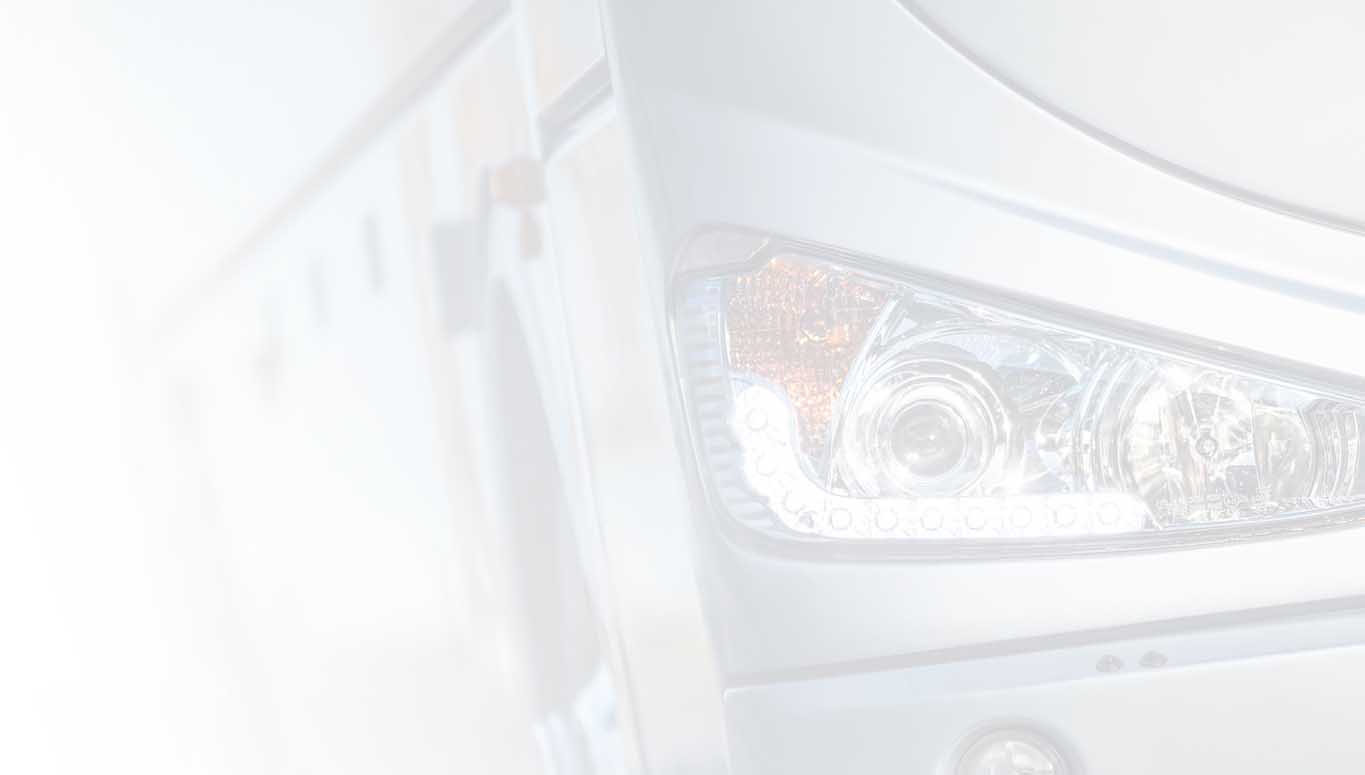How do we get a good reception of satellite television in the bus?
Which aspects must we take into account to achieve good reception of the satellite television in the bus? There are three factors that are fundamental to good reception during the trip: the size of the installed antenna, the coverage range of the satellite and the conditions of the ruta. In this post, we analyze these three variables.
Is the size of the satellite antenna important?
It is important. The size of the antenna necessary to receive the satellite on a bus route depends on the strength of the signal reaching the earth (Pire), which is expressed in dBW, and its direction: the larger the diameter of the the antenna, the better the reception.
So it is often better to install a larger antenna than recommended by the manufacturer, so that we do not have reception problems in bad weather. Some broadcasters recommend the use of small antennas to receive their signals, especially in the case of strong satellites broadcasting digital channels (50cm diameter to receive a satellite with a Pire of 50 dBW), but even then it is it is better to choose an antenna that is a few centimeters larger.
It is important to remember that poor reception caused by an antenna that is too small cannot be remedied.
Satellite coverage area
The second aspect to consider in order to get good reception of the satellite signal in a bus is the coverage area of the chosen satellite (“footprint” in English). These footprints make it possible to identify the technical properties of transmitted signals, i.e. the area boundaries of the signals and their reduction in strength.
To make it easier to identify the transmission strength of the satellites, some satellites change the direction of their signals, with the result that these maps are only an indication of reality. It is therefore necessary to analyze the coverage area of each satellite and determine what technical properties are necessary to receive the signal strength in the area where we travel.
We will discuss the footprints of the 4 most important satellites in Europe and analyze which type of antenna we need for this:
ASTRA 1 at 19.2 E
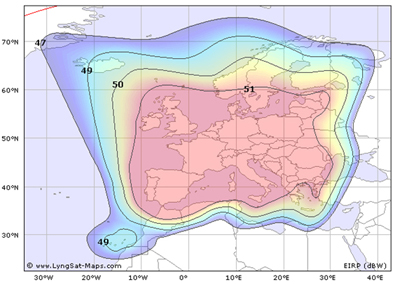
ASTRA 2 at 28.2 E
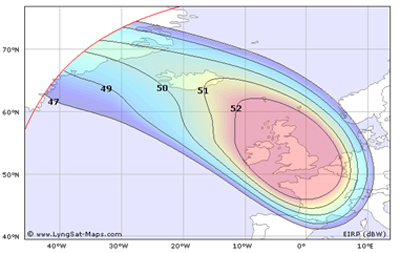
HOTBIRD 13 B
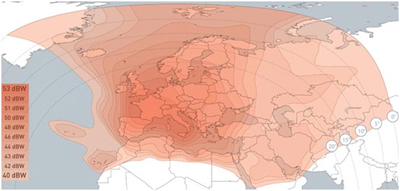
HISPASAT 1C at 30.0 W
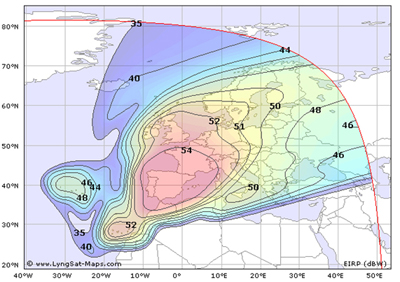
Bus route conditions
In some cases it is interesting to analyze the chosen route that the bus will travel in order to guarantee a good reception of the satellite signal, because in addition to the meteorological conditions (on cloudy days, the intensity of the signal decreases), the relief of the landscape ( also called orography) has a large influence on the signal. Narrow roads with many trees, routes through valleys and routes through the mountains sometimes cause problems for the reception of the satellite signal.
Taking all these three aspects into account, we can achieve a good reception of the satellite signal en route and our passengers will be able to enjoy live TV on the route.
